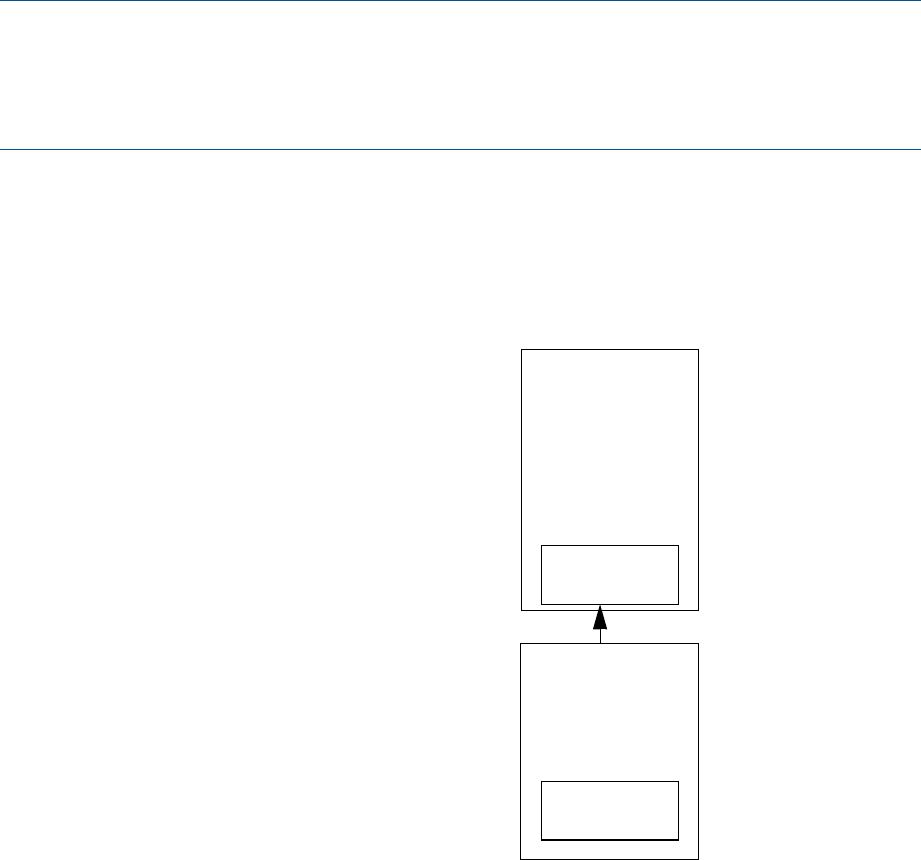HP CIFS Server Administrator Guide Version A.03.01.03 (5900-2006, October 2011)
Table Of Contents
- HP CIFS Server Administrator Guide Version A.03.01.03
- Contents
- About this document
- 1 Introduction to the HP CIFS Server
- 2 Installing and configuring HP CIFS Server
- HP CIFS Server requirements and limitations
- Step 1: Installing HP CIFS Server software
- Step 2: Running the configuration script
- Step 3: Modify the configuration
- Step 4: Starting HP CIFS Server
- Other Samba configuration issues
- 3 Managing HP-UX file access permissions from Windows NT/XP/2000/Vista/Windows 7
- Introduction
- UNIX file permissions and POSIX ACLs
- Using the Windows NT Explorer GUI to create ACLs
- Using the Windows Vista Explorer GUI to create ACLs
- POSIX ACLs and Windows 2000, Windows XP, Windows Vista, and Windows 7 clients
- HP CIFS Server Directory ACLs and Windows 2000, Windows XP, Windows Vista, and Windows 7 clients
- In conclusion
- 4 Windows style domains
- Introduction
- Configure HP CIFS Server as a PDC
- Configure HP CIFS Server as a BDC
- Domain member server
- Create the Machine Trust Accounts
- Configure domain users
- Join a Windows client to a Samba domain
- Roaming profiles
- Configuring user logon scripts
- Home drive mapping support
- Trust relationships
- 5 Windows 2003 and Windows 2008 domains
- 6 LDAP integration support
- Overview
- Network environments
- Summary of installing and configuring
- Installing and configuring your Directory Server
- Installing LDAP-UX Client Services on an HP CIFS Server
- Configuring the LDAP-UX Client Services
- Enabling Secure Sockets Layer (SSL)
- Extending the Samba subschema into your Directory Server
- Migrating your data to the Directory Server
- Configuring the HP CIFS Server
- Creating Samba users in directory
- Management tools
- 7 Winbind support
- 8 Kerberos support
- 9 HP CIFS deployment models
- Introduction
- Samba Domain Model
- Windows Domain Model
- Unified Domain Model
- 10 Securing HP CIFS Server
- 11 Configuring HA HP CIFS
- 12 HP-UX configuration for HP CIFS
- 13 Tool reference
- Glossary
- Index

# /etc/nsswitch.conf #
# #
# This sample file uses Lightweigh Directory Access #
# Protocol(LDAP) in conjunction with dns and files. #
passwd: files winbind [NOTFOUND=return] ldap
group: files winbind [NOTFOUND=return] ldap
hosts: files dns [NOTFOUND=return]
networks: files
protocols: files
rpc: files
publickey: files
netgroup: files
automount: files
aliases: files
services: files
NOTE: HP CIFS Server supports several ways to allocate and map POSIX users and groups. If
winbind is used, winbind name service is required in /etc/nsswitch.conf. If winbind is
not used, a local POSIX account associated with each Windows user and group must be created.
One way to create these accounts automatically is to define the "add user script" and "add
group script" options in smb.conf. See the SWAT help text for more information.
An example of Windows NT Domain Model
Figure 9-8 shows an example of the Windows NT Domain Model which has a Windows NT server
named hostP as a PDC, an HP CIFS Server machine hostM acting as a domain member server.
The ID maps are saved in the local file, idmap.tdb.
Figure 30 An example of the Windows NT Domain Model
Windows
windows
users
HP CIFS
Member Server
“hostM”
winbind
NT Server/
winbind daemon
libnss_winbind
idmap.tdb
PDC
“hostP”
A sample smb.conf file for an HP CIFS Member Server
The following is a sample Samba configuration File, /etc/smb.conf, used for an HP CIFS Server
machine hostM acting as a member server in the sample Windows NT Domain Model shown in
Figure 9-8:
######################################################
#
# An sample smb.conf file for an HP CIFS ADS member server
#
126 HP CIFS deployment models










